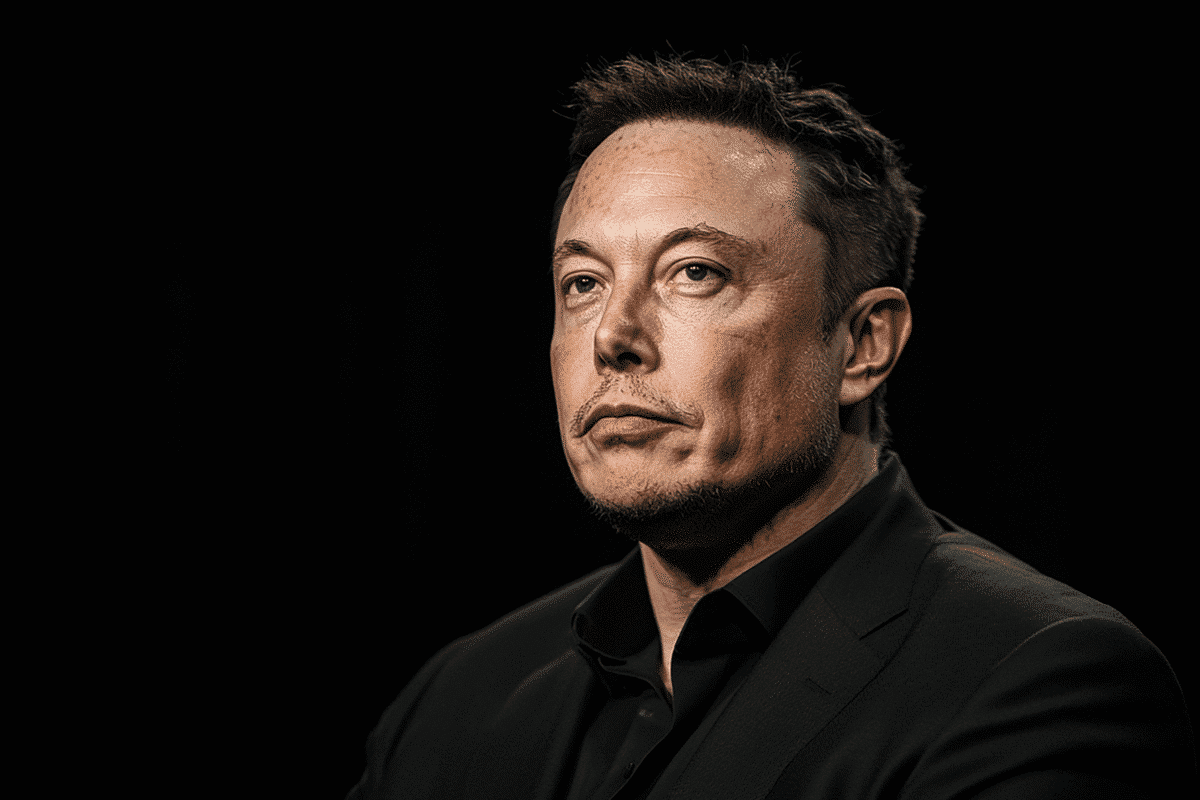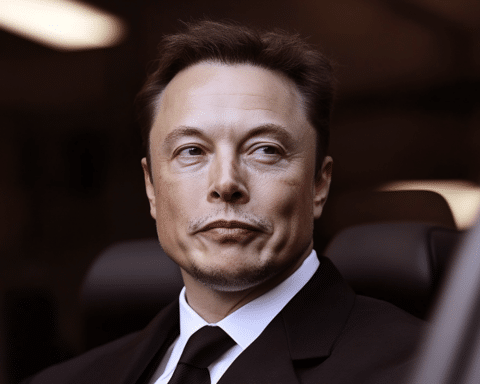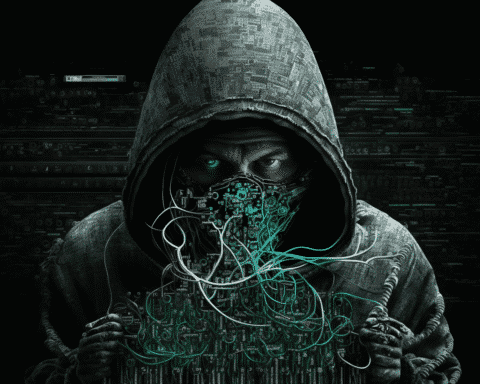In a recent episode of technical difficulties, Elon Musk revealed the reasons behind the latest meltdown on X, the social media platform formerly known as Twitter. The incident occurred during a highly anticipated interview with former President Donald Trump, which was delayed by 42 minutes due to what Musk described as a distributed denial-of-service (DDOS) attack and errors by the platform’s staff.
Musk explained that the nature of the interview guaranteed a 100% probability of DDOS attacks, overwhelming X’s servers with bogus traffic. This type of attack is commonly executed by massive botnets that flood servers with fake traffic to bring down platforms or websites. While companies often employ third-party services to identify and block such fake traffic, it remains unclear what specific measures X has in place to counteract these attacks. Following a global tech outage last month linked to CrowdStrike, Musk announced that X had discontinued its use of the cybersecurity company, though it is uncertain if their services would have mitigated this specific incident.
In addition to the DDOS attack, Musk acknowledged that unforced errors by X’s staff contributed to the technical difficulties. Despite these challenges, Musk commended his team for their efforts in addressing the attacks and rectifying their mistakes, ensuring the interview could proceed. This episode harkened back to a similar situation in May 2023, when Florida Governor Ron DeSantis’ presidential bid announcement was plagued by technical issues during a streaming interview on X. The audio cut in and out during the initial minutes, forcing the session to restart and delaying it by about half an hour.
The technical troubles during the Trump interview brought back memories of DeSantis’ event, which had been labeled a “disaster” by Trump on his social media platform, Truth Social. At the time, X was grappling with a series of glitches and outages, likely a consequence of the substantial layoffs that followed Musk’s acquisition of the company. Although Musk has since appointed Linda Yaccarino as CEO, he continues to oversee the platform’s technical operations.
To avoid repeating past mistakes, Musk stated that X had stress-tested its systems to confirm their capability to manage up to 8 million concurrent streams. Despite these preparations, users attempting to access the Trump interview at the scheduled start time were met with grayed-out screens, unable to join the stream. The persistence of such issues raises questions about the platform’s readiness and resilience in handling high-traffic events.
The specific staff errors that Musk mentioned were not detailed, nor was it clear how a DDOS attack targeted the specific stream without affecting the broader X platform, which remained operational during the Trump interview debacle. Nevertheless, the interview eventually commenced, with both Musk and X declaring it a success. The company reported that the audio stream garnered 73 million “views,” although the definition of this term remains ambiguous.
This incident underscores the ongoing challenges faced by X under Musk’s leadership. The platform’s struggle with technical reliability, particularly during high-profile events, highlights the need for robust defenses against cyberattacks and a more streamlined approach to internal operations. As X continues to evolve, its ability to deliver seamless user experiences during major events will be critical to maintaining its credibility and user base.
The recent meltdown also brings to light the broader implications of significant layoffs and structural changes within tech companies. The ability to manage and mitigate technical issues is often directly tied to the expertise and preparedness of the staff. In the wake of Musk’s aggressive cost-cutting measures, which included mass layoffs, the stability of X’s operations has come under scrutiny.
The delayed Trump interview on X serves as a reminder of the intricate balance between cyber defense, internal efficiency, and the capacity to handle high-traffic scenarios. As the platform navigates these challenges, its future success will hinge on bolstering its technological infrastructure and ensuring a resilient, error-free experience for its users.




